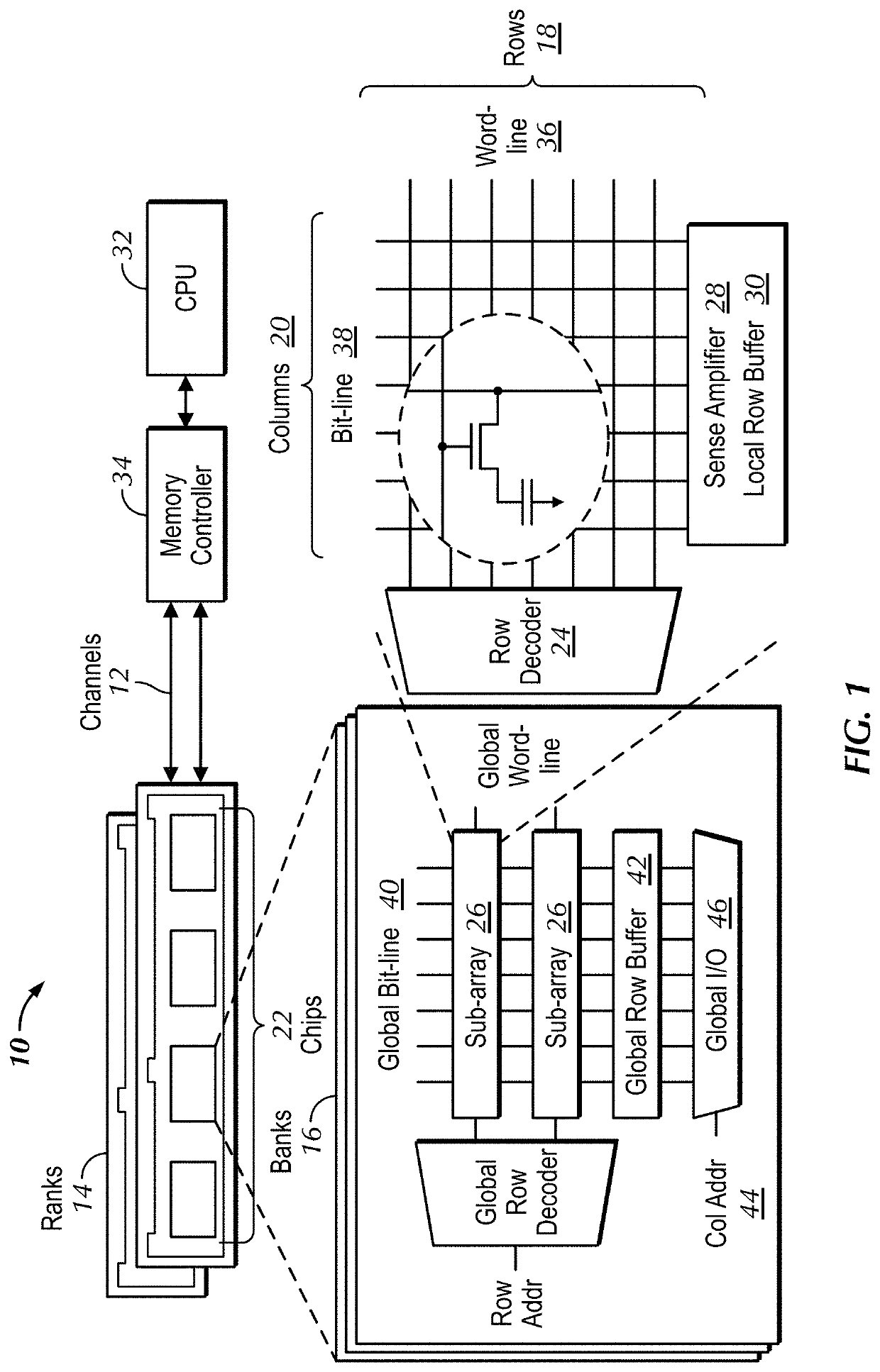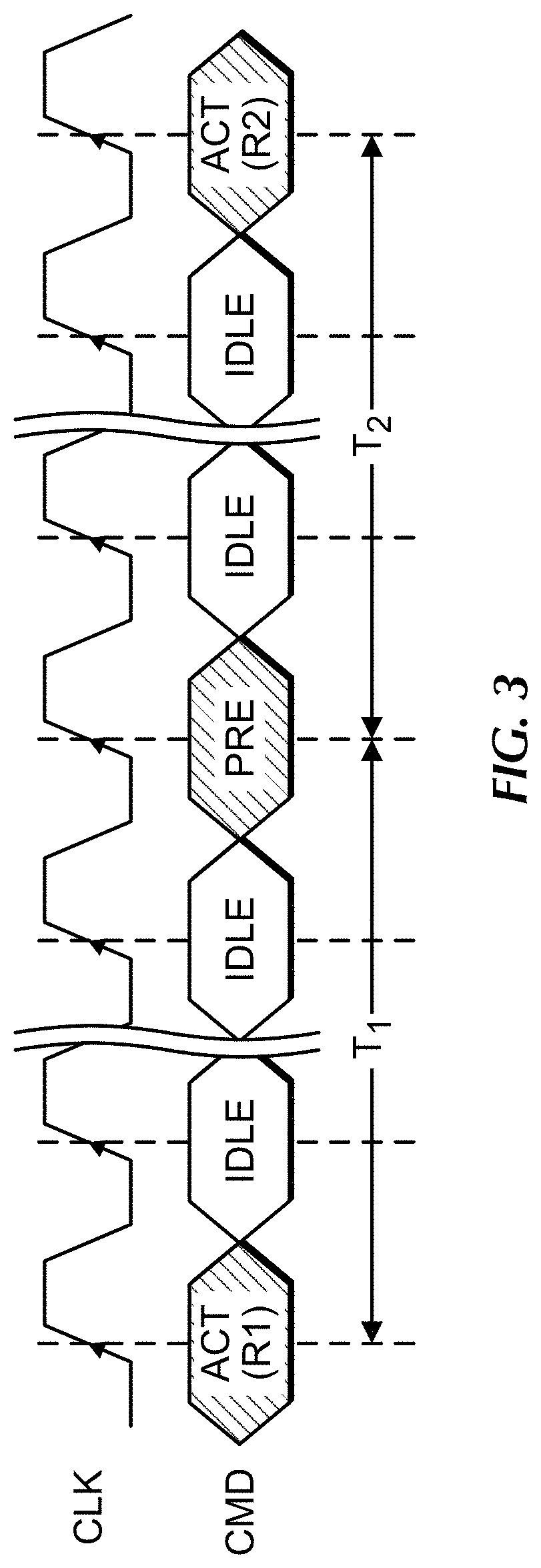System and method for in-memory compute
a technology of in-memory compute and system method, applied in the field of random access memory, can solve the problems of insufficient memory bandwidth, “memory wall”, and the communication latency between compute resources and off-chip dynamic random access memory (dram) has not improved as fas
- Summary
- Abstract
- Description
- Claims
- Application Information
AI Technical Summary
Benefits of technology
Problems solved by technology
Method used
Image
Examples
Embodiment Construction
[0029]In-memory computing has long been promised as a solution to the “Memory Wall” problem. Recent works have proposed using charge-sharing on the bit-lines of a memory in order to compute in-place and with massive parallelism, all without having to move data across the memory bus. Unfortunately, this prior work has required modification to Random Access Memory (RAM) designs (e.g. adding multiple row decoders) in order to open multiple rows simultaneously. So far, the competitive and low-margin nature of the dynamic random access memory (DRAM) industry has made commercial DRAM manufacturers resistant to adding any additional logic into DRAM. As such, there is a need for in-memory computation with little to no change to DRAM architecture.
[0030]Generally disclosed herein are embodiments for a system and method that demonstrates in-memory computation with an unmodified DRAM. This is accomplished by violating the nominal timing specification and activating multiple rows in rapid succes...
PUM
 Login to View More
Login to View More Abstract
Description
Claims
Application Information
 Login to View More
Login to View More - R&D
- Intellectual Property
- Life Sciences
- Materials
- Tech Scout
- Unparalleled Data Quality
- Higher Quality Content
- 60% Fewer Hallucinations
Browse by: Latest US Patents, China's latest patents, Technical Efficacy Thesaurus, Application Domain, Technology Topic, Popular Technical Reports.
© 2025 PatSnap. All rights reserved.Legal|Privacy policy|Modern Slavery Act Transparency Statement|Sitemap|About US| Contact US: help@patsnap.com



